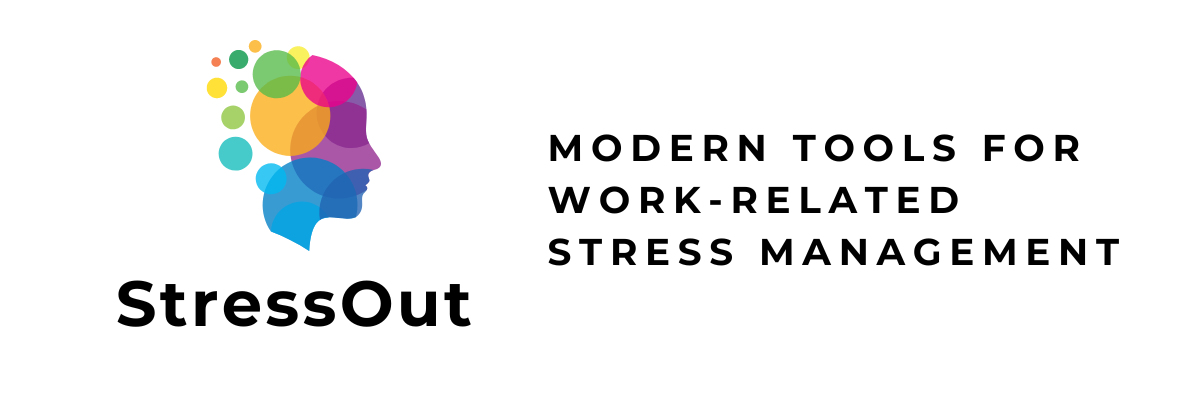From Brownout to Burnout: Digital Disconnection Rituals to Prevent Emotional Exhaustion at Work
In this article we introduce and explore the increasingly relevant concept of brownout, a lesser known but critical pre-burnout phase that is gaining attention in organizational psychology and occupational health.
While burnout is widely recognized as a state of chronic emotional exhaustion and disengagement, brownout refers to a more subtle and progressive form of disconnection. It manifests as a loss of motivation, reduced emotional involvement, and a growing sense of meaninglessness at work — all while the employee may still appear outwardly productive. It’s a quiet withdrawal from purpose that often precedes full burnout, making it an ideal point for early intervention.
The problem is that brownout is easy to miss because it doesn’t immediately impair performance, it often goes unnoticed by managers and HR systems. However, ignoring this phase increases the risk of deeper emotional collapse and employee turnover. Therefore, there is a need to identify and address brownout early, not just wait for burnout to emerge.
One of the proposed solutions to prevent brownout is a proactive approach to workplace wellbeing: implementing ritualized digital disconnection practices at the organizational level. These include:
- 90-minute rhythm breaks: scheduled screen-free pauses to reset focus and reduce digital fatigue.
- Screen-free zones: designated areas in the workplace where devices are not allowed, encouraging analog thinking and social interaction.
- Digital Detach Hour: a weekly hour without emails or messaging apps, promoting deep work and mental recharge.
Rather than placing the burden of stress management solely on individuals, these collective rituals aim to embed recovery into the structure of the workday.
For these rituals to be effective, leadership buy-in is essential. Managers must model healthy digital boundaries and recognize the emotional signals of disengagement. Training programs should support them in legitimizing and encouraging these new work habits. To ensure the effectiveness of this approach, it is recommended a feedback and evaluation loop based on:
- Employee self-reports of energy, motivation, and sense of purpose
- Behavioral indicators like absenteeism, creativity, and retention
- Organizational KPIs linked to engagement and wellbeing
Therefore, brownout can be key opportunity for early, preventive intervention — one that can significantly reduce the human and economic cost of burnout. By redesigning how we structure attention, rest, and digital interaction in the workplace, we can create environments that support sustainable performance and mental health. In today’s hyper-connected world, disconnecting — deliberately and collectively — may be one of the most powerful tools we have to reconnect with our work, our teams, and ourselves.









